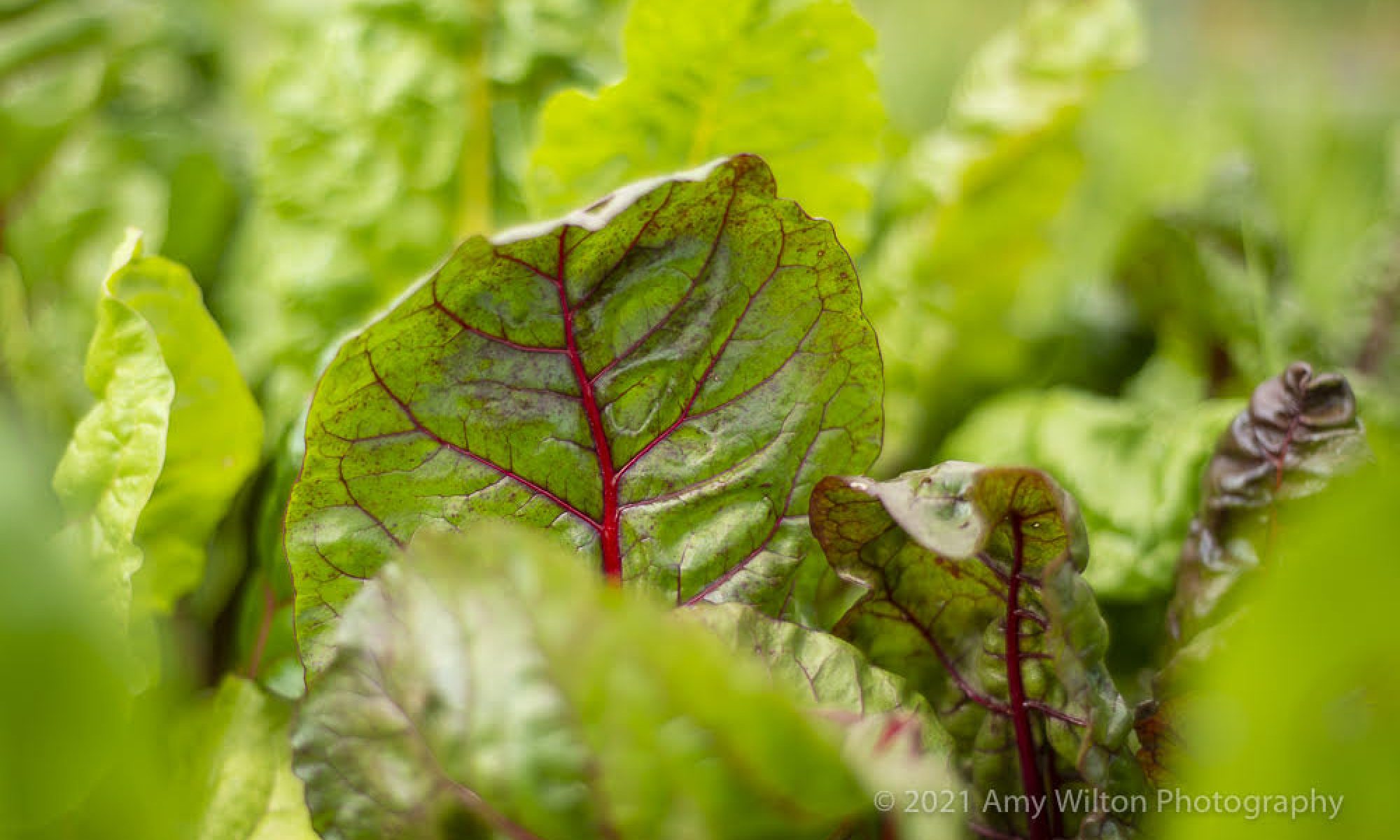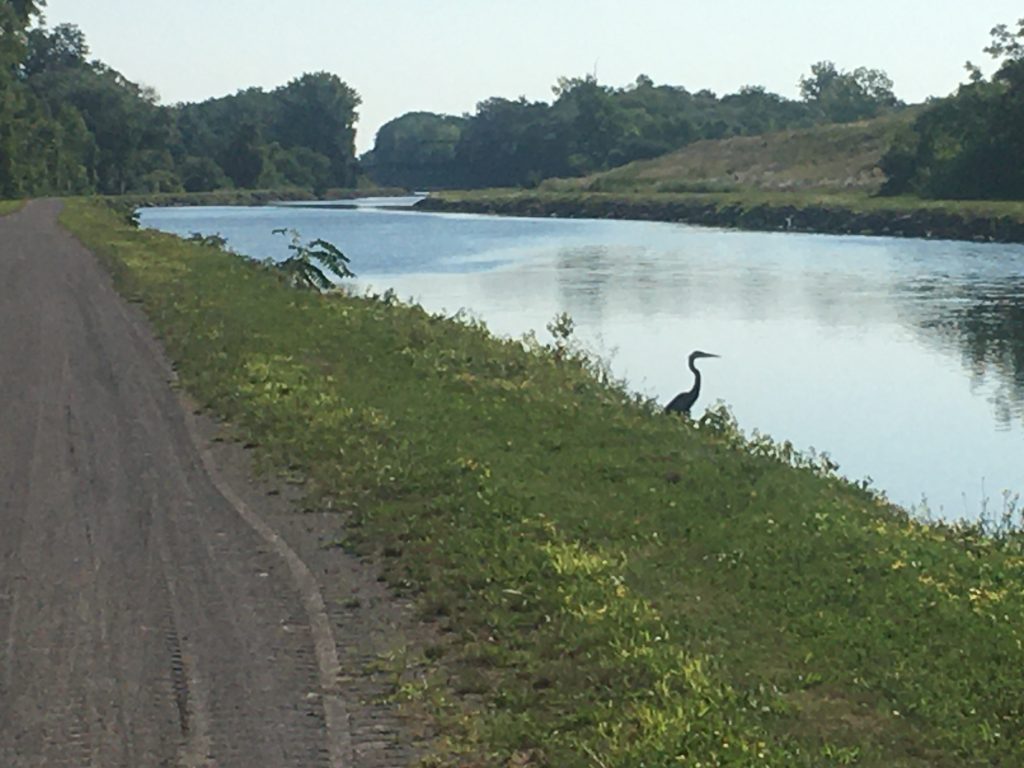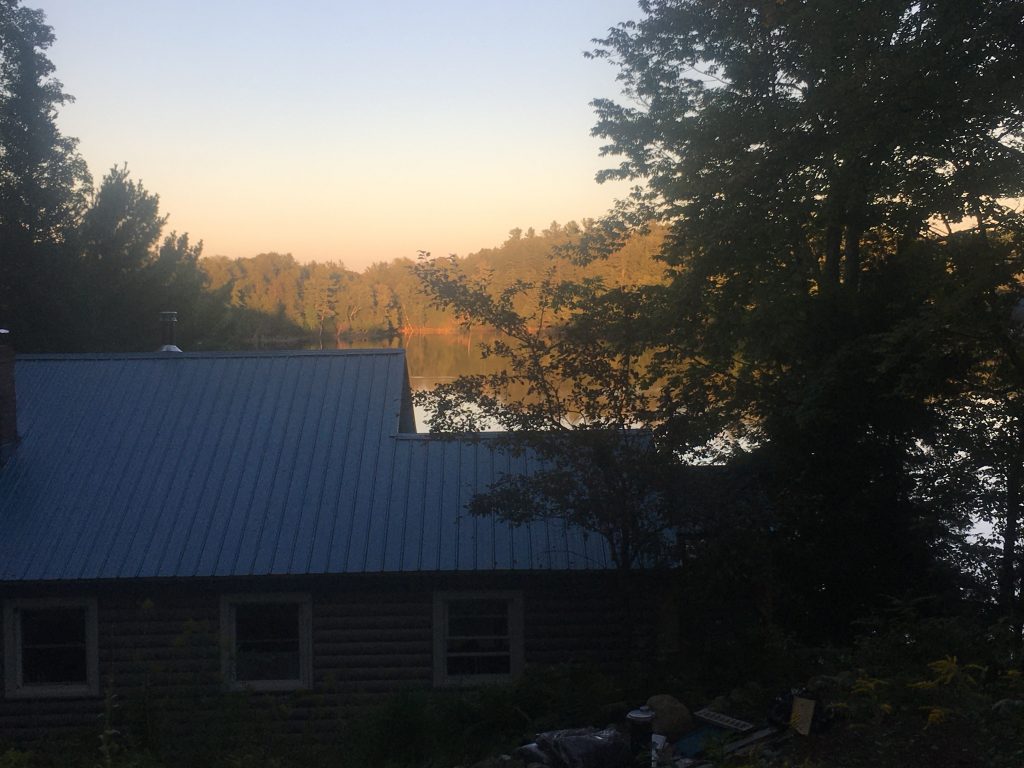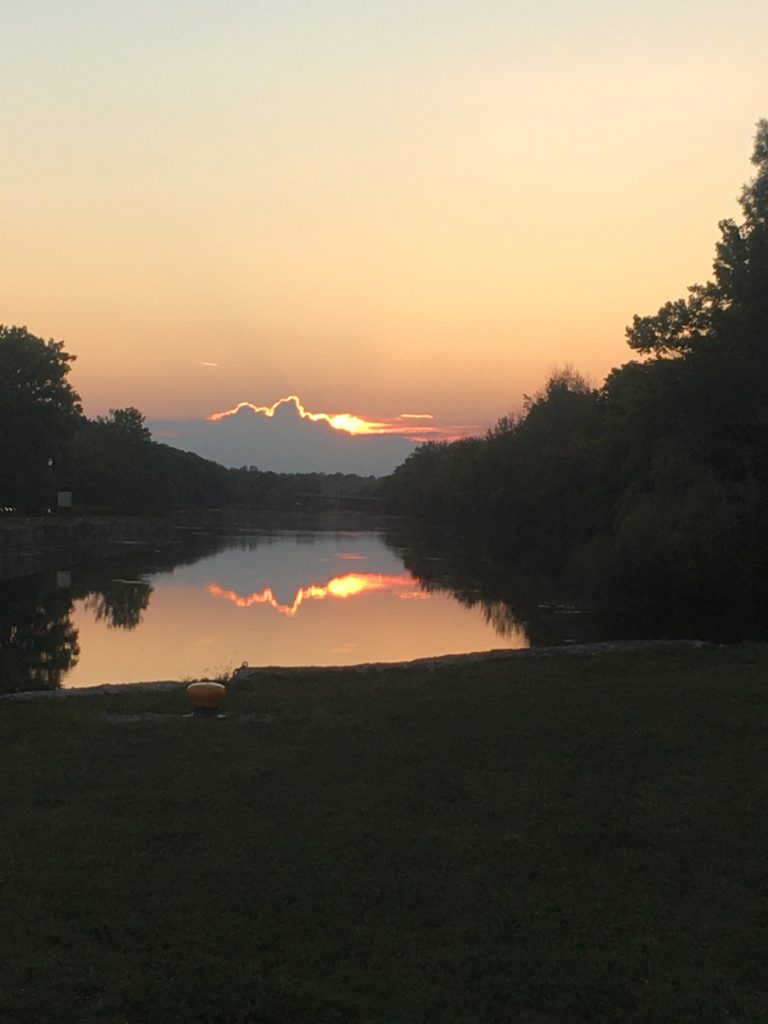September 3rd, 2022
Continuing on the theme of “Looking for America,” my legs have taken me through a land of plenty, a tiny fraction of the acreage dedicated to the production of food. From the fruit and vegetable farms west of the northern Cascades to the wine grape and truck crop regions of New York, to the dairy and maple syrup farms of Vermont and New Hampshire. The United States of America is a bountiful land. This, despite the fact that less than 2% of the US population is directly involved in production agriculture. This small percentage feeds the other 98 plus percent of the rest of the US population, plus exports to the rest of the hungry world.
The small fraction of the hundreds of millions of acres in US production that I rode through was dominated by irrigated alfalfa hay, dry land wheat, rape seed for canola oil, soybeans, and “king” corn. From the limited vantage point of my bike seat, it was clear that the corn, soy, and rapeseed was entirely GMO production. The absence of weeds and the brown dead edges of the fields were indicative of herbicide applications. These crops have been modified to withstand repeated applications of Roundup TM (glyphosate).
There are obvious advantages to growing GMO crops. One I’ve already mentioned is that its use allows so few farmers to grow so much food. GMO technologies, in addition to the use of chemical fertilizers, insecticides, and fungicides, reduce the need for labor in a nation where farm labor has lost its appeal. This is a trend that started after World War II, when industries in the cities began to draw the disaffected rural farm workforce away from their family farms. The smaller workforce has also been touted as the reason food has remained inexpensive – that is, until recently. These technologies are dependent upon fossil fuels for their production and their application – hence the recent inflationary spiral at all levels of the economy.
In addition, there are other downsides to these “conventional industry” tools. Nature has not stood still during the years we have employed them. Evolution is a law that cannot be ignored, hence the insects and weeds that these technologies have been aimed against have adapted. We have inadvertently bred “super” bugs and “super” weeds requiring stronger herbicides and stronger insecticides.
Where do all these chemicals end up? Some remain in the soil, some wash into our waterways, and some end up in the food we eat. The health effects of exposure to these chemicals have been debated with both sides using scientific studies to make their case.
As an organic/biodynamic farmer, it should be no surprise that my opinion comes down on the negative side of these technologies. Yes, the labor required to grow the 3 +/- acres of vegetables at Hope’s Edge is immense. But the consumers of our vegetables can be assured that they are eating healthy food free of chemicals that nature never intended to be in them.
One more thing on this subject before I get off my soapbox. Just using the extensive acres of GMO corn that I’ve seen growing from coast to coast as an example. The seed used to grow this corn is controlled by multinational agricultural conglomerates. Some of this corn is processed into fuel (10% at the gas pump), some is fed to cattle in CAFO* operations to “finish off” the beef you see at the supermarket. Some is used in the production of corn syrup used in numerous products on store shelves. None of the corn can be saved for the following season’s seed unless you want to be sued by the seed companies. Seed-saving has, in the past, been a way to insure natural selection against the very problems that industrial agriculture is fighting – plant diseases, insect resistance, and weed tolerance.
One last observation/comment that I experienced in this ride across America. More than once, when I rode into another unknown town asking where I could find a food store, I was directed to the Dollar Store, Walmart, or Dollar General. Sometimes it was one of these “food” stores that was the only choice – A Hobson’s choice. (Look it up.)
*Concentrated Animal Feeding Operation
Note: As of Monday, September 5th, Tom has entered Maine and plans to ride up the drive at Hope’s Edge Farm sometime on Wednesday, September 7th! We look forward to welcoming him home very soon!



